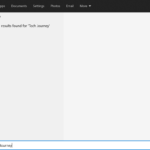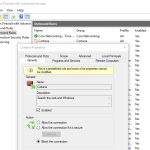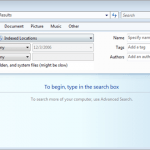In Windows 10, you can quickly search for items on the device by typing directly into Start menu or the Search box. If no matching results found by Windows 10, it displays the search terms and offer users the option to “search the web” suggestion for the search terms to “see web results”.
If you’re fast typist or accidentally press Enter key, Windows 10 opens the Edge and searches for the keywords entered automatically with Bing Search. To make matter worse, Edge and Bing Search are always used, even though you set another web browser as default browser in Windows 10, or set another search engine as the default search engine to use in Edge browser.
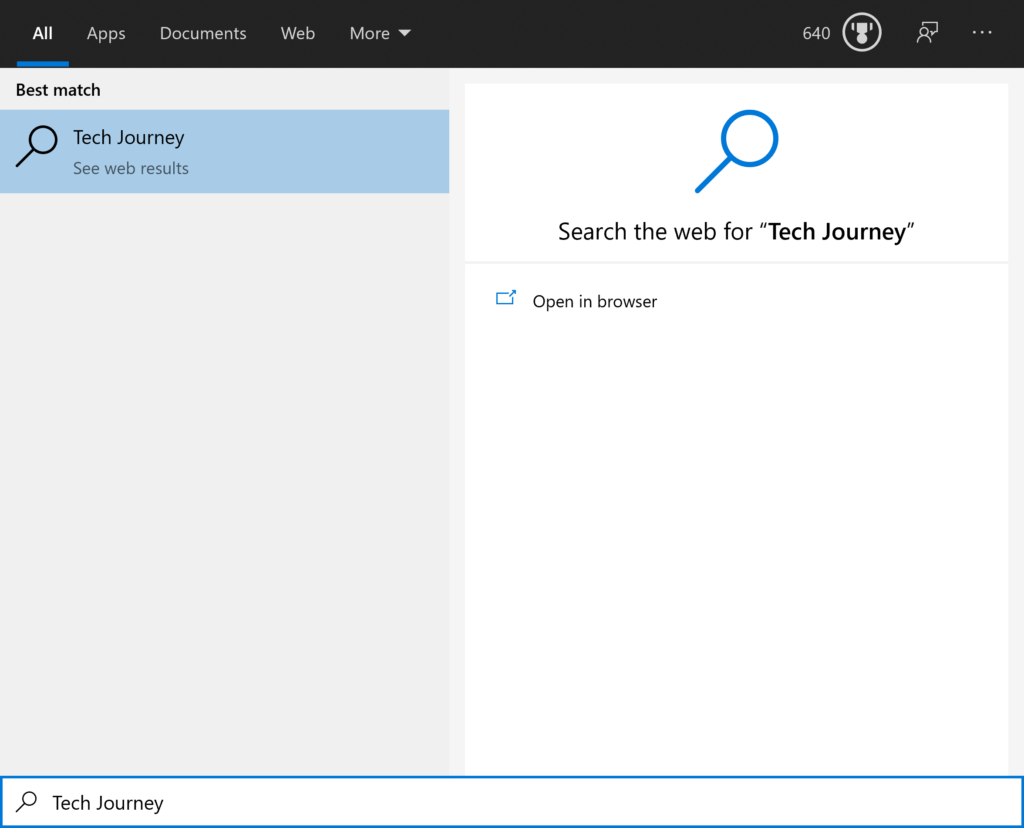
Beginning from Windows 10 Version 2004 May 2020 Update or in older Windows 10 versions that have Search updated, the trick to disable Bing Search in Start via “BingSearchEnabled” and “CortanaConsent” registry keys don’t work. Instead, Microsoft appears to combine the setting to disable the web search in Start Menu and Start Search with display of recent search queries in File Explorer’s search box.
As such, if you decide to disable the web search in Start Menu and Start Search, you will also disable the Search Box in File Explorer from suggesting recent queries and results from OneDrive, and prevents entries into the Search Box from being stored in the registry for future references. By default, File Explorer shows suggestion pop-ups which are based on past entries into the Search Box and files stored in OneDrive as users type into the Search Box. The File Explorer’s Search Box will continue to display values that match the property typed by user.
How to Disable Web Search Suggestion in Windows 10 Start Menu & Search
- Open Registry Editor (regedit).
- Navigate to the following registry key:
HKEY_CURRENT_USER\SOFTWARE\Policies\Microsoft\Windows\ExplorerIf Explorer key is not found, right click on Windows and select New -> Key to create it. - If the registry value name of “DisableSearchBoxSuggestions” not yet exist, right click on the right pane, select New -> DWORD (32-bit) Value and name it as DisableSearchBoxSuggestions.
- Set the value data for “DisableSearchBoxSuggestions” as 1 (Disable web search and Search Box suggestions). To re-enable web search on Start menu and search, and File Explorer’s Search Box suggestions, set the value of “DisableSearchBoxSuggestions” to 0 (Enable web search and Search Box suggestions).
You can also use registry registration file to automatically apply the registry key and value to the registry. To do so, save the following code to a text file, name the file with an extension of .reg, and run the script.
Windows Registry Editor Version 5.00 [HKEY_CURRENT_USER\SOFTWARE\Policies\Microsoft\Windows\Explorer] "DisableSearchBoxSuggestions"=dword:00000001
Another alternative to change the setting of DisableSearchBoxSuggestions is by using Local Group Policy Editor, if your Windows 10 has it.
- Run the Local Group Policy Editor (gpedit.msc)
- Navigate to User Configuration -> Administrative Templates -> Windows Components -> File Explorer.
- Open the Turn off display of recent search entries in the File Explorer search box.
- Set the policy to Enabled.

- Hit Apply or OK.
- Exit the Group Policy Editor.
Once the web search suggestions function is disable, Windows 10’s search will indicate no results found for unmatched search keywords. It also won’t show the “search the web” option in the list of results for matched property.
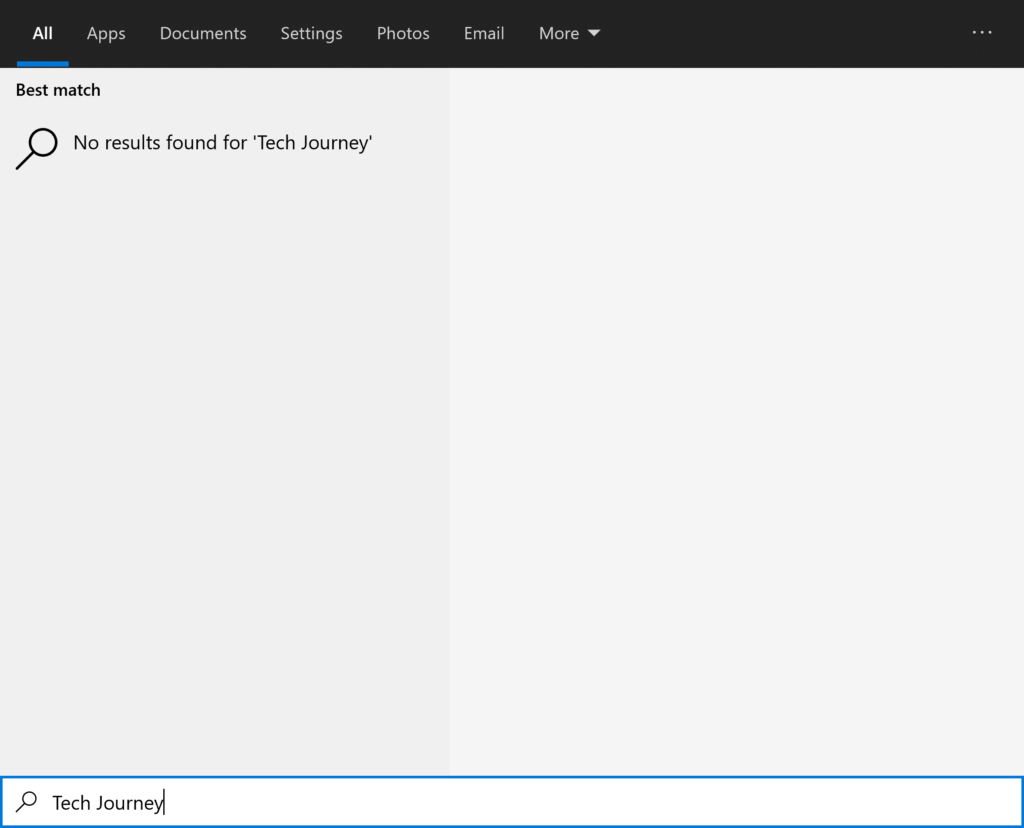
The change to web search suggestion and File Explorer’s recent search history suggestion should take effect immediately, or after a slight delay for system to pick up the change. If you still do not see the effect, restart the computer.
